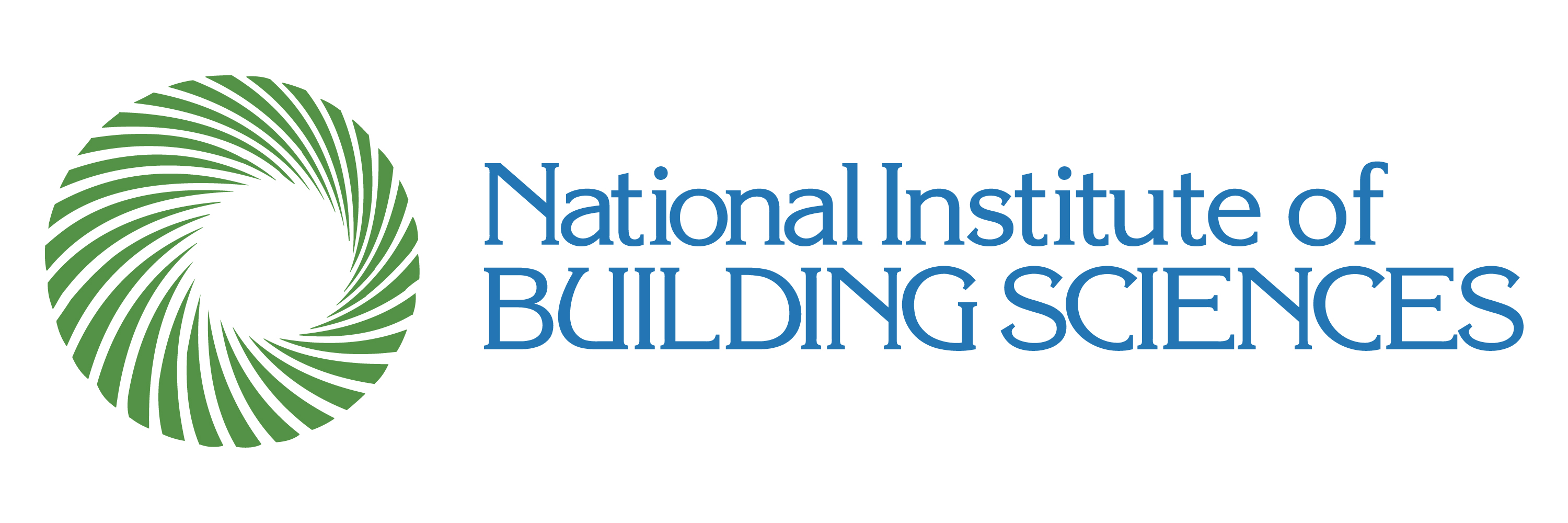When properly enforced, building codes are very effective for ensuring that buildings meet certain minimal requirements for strength and safety. Recent studies by the National Institute of Building Sciences (NIBS) have shown, however, that additional risk-mitigation measures can be beneficial even in proportion to the added costs. In the following post, Randy Shackelford, P.E., of Simpson Strong-Tie, shares some of the NIBS 2017 study benefit-cost results for two mitigation types — building beyond minimum code requirements, and federal mitigation grants.
Earlier this year, the National Institute of Building Sciences released its updated report on the cost-effectiveness of specific types of measures that various stakeholders can take to reduce the risks from natural hazards. The report is titled “Natural Hazard Mitigation Saves: 2017 Interim Report.” The report is a sequel to a 2005 study that resulted in the widely quoted statistic that one dollar spent in mitigation results in four dollars saved.
The new report went much further than the previous one by examining the costs and benefits of two types of natural-hazard mitigation activities — building beyond minimum code requirements and federally funded mitigation grants. The effects of these mitigation measures were analyzed for five different natural hazards: riverine flood; hurricane surge; wind; earthquake; and wildland-urban interface fire. Following is a graphic summarizing results of the report:

The mitigation grants studied are primarily those of the Federal Emergency Management Agency (FEMA), but also include grants from the Department of Housing and Urban Development (HUD) and the Economic Development Association (EDA). For the hazards shown, these federal grants might be for the following purposes:
- Floods — to acquire or demolish flood-prone buildings
- Winds — to add hurricane shutters or tornado safe rooms, or strengthen home structures
- Earthquakes — to strengthen specific structural and nonstructural components
- Wildfires — to replace wood roofs, manage vegetation or replace wooden water tanks
In examining the effectiveness of building beyond minimum I-Code® requirements, the study looked at each hazard, in each area of the country, and determined what level of mitigation measures provided the maximum bang for the buck. This is called the “incrementally efficient maximum design levels.” It then calculated the overall benefit if every new building built in one year surpassed minimal code requirements by the level determined to be the most beneficial in proportion to the cost. So the amount that a building exceeds the minimum code requirements might be different in different parts of the country for the same hazard. Further, the study only examined the costs beyond what it would already cost to meet the 2015 IRC or IBC. Later versions of the study will determine the cost-effectiveness of adopting a minimum code where there is not one currently adopted. The following methods were used as “code-plus” for the hazards shown:
- Riverine flooding and hurricane surge: Build higher than required by code.
- Hurricane winds: Build to comply with IBHS FORTIFIED Home Hurricane standards.
- Earthquakes: Build stronger and stiffer than required by the 2015 IBC.
- Wildfire): Build to comply with the 2015 International Wildland-Urban Interface Code (IWUIC).
The study found that the benefits of building beyond code accrued to all parties involved in the construction process — tenants, title holders, developers, lenders and communities. The table below shows the calculated benefits for the two different mitigation strategies:
| New Design to Exceed 2015 I-Code Requirements | Federal Mitigation Grants | ||
| 43% | Property | 43% | Casualties and PTSD |
| 22% | Additional Living Expense (ALI) & Business Interruption (BI) | 37% | Property |
| 13% | Casualties and PTSD | 7% | Insurance |
| 12% | Indirect Business Interruption | 4% | Indirect Business Interruption |
| 10% | Insurance | 1% | Loss of Service |





